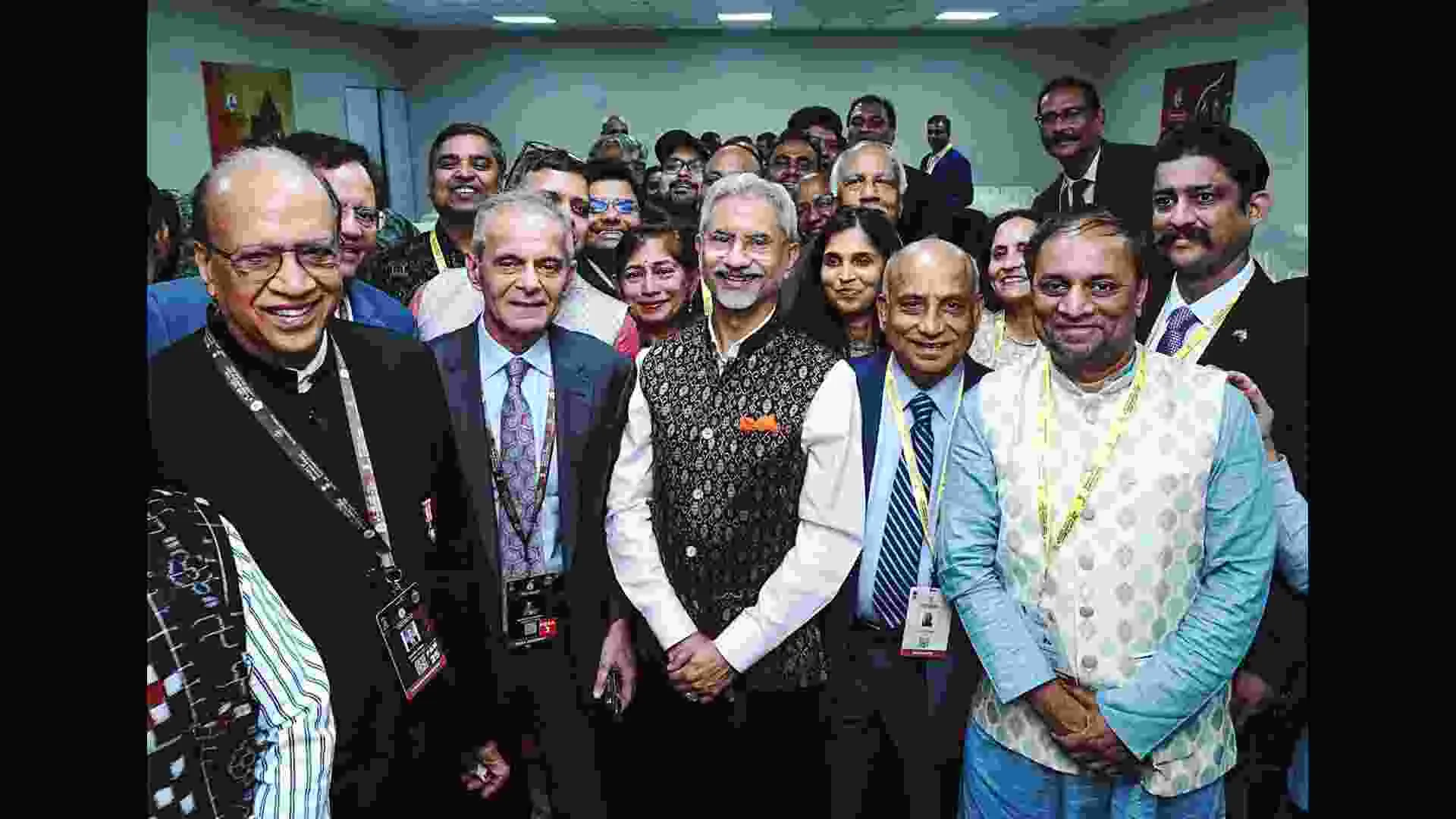Recently the Supreme Court asserted that the provision of a two-year childcare leave, in addition to the mandatory 180-day maternity leave, is a constitutional right for women employees. This recent case demonstrates a positive trend towards a more expansive interpretation of the Maternity Benefits, extending protection to a wider range of women workers. However, challenges remain in ensuring effective enforcement and addressing the limitations of the current legal framework.
According to India’s Maternity Benefit Act, 1961 (hereinafter referred ‘Act 1961’), is a cornerstone legislation promoting women’s well-being during childbirth and childcare. The Act 1961 regulates the employment of women in specific establishments for pre and post-natal periods. It mandates paid leave and other benefits to ensure women’s health and well-being during this crucial time. The Act 1961 is a dynamic piece of legislation that requires ongoing review and improvement. Regularly collecting data and utilizing it for evidence-based policy decisions is vital to ensure the Act 1961 remains effective and adaptable to evolving needs.
We may take inspiration from the UK system for careful consideration of the cost implications of Maternity benefits. Increasing paid leave duration and pay replacement rates would likely increase costs for employers. Evaluating potential financial incentives or government support mechanisms, such as subsidies or tax breaks, might be necessary to encourage employer participation. Conducting comprehensive cost-benefit analyses that consider the long-term benefits of a more inclusive workforce and reduced gender pay gap can strengthen the case for policy changes.
While India offers a longer paid leave duration, the UK’s system provides insights into potential improvements in India. India could consider piloting a system with a longer overall leave period but offering greater flexibility in how women utilize the paid and unpaid portions. This could allow them to tailor their leave to their individual needs. Additionally, India might explore ways to ensure a higher proportion of average earnings are covered under maternity pay schemes. Expanding eligibility to include more workers, particularly those in the informal sector, is another potential area for improvement.
Data collection and analysis on maternity leave and pay utilization are crucial for evaluating the effectiveness of the UK system. A significant proportion of women utilize the full 52-week leave period, but the distribution between paid and unpaid portions is uneven. Many women return to work earlier than desired due to financial pressures. While most women return to work after maternity leave, some may experience challenges in securing comparable positions or face career progression setbacks due to the extended leave period. The gender pay gap in the UK remains a persistent issue, and analyzing the impact of leave patterns and return-to-work experiences on this gap is crucial. India can benefit from adopting a data-driven approach to its maternity benefit framework. Implementing robust systems for collecting data on leave utilization, employer compliance rates, and challenges faced by women returning to work can inform future policy decisions. Regularly comparing India’s data with countries like the UK can provide valuable insights into areas for improvement. Using data analysis to identify specific challenges faced by different categories of women, such as those in rural areas or informal sectors, can help tailor policy interventions to address their unique needs.
The UK’s experience with maternity benefits offers valuable lessons for India. By adopting a data-driven approach, India can gather and analyze comprehensive data on the effectiveness of various maternity benefit policies. This includes assessing the impact of different leave durations, compensation levels, and support mechanisms on women’s health, economic stability, and workforce participation. A data-driven approach enables policymakers to make informed decisions that are tailored to the needs of Indian women and the Indian economy.
Exploring flexible leave options is another crucial aspect. The UK offers various models of parental leave, including shared parental leave, which allows both parents to split the leave time. This flexibility not only supports women but also promotes shared parenting responsibilities, thereby fostering a more balanced division of labor at home and encouraging paternal involvement from the early stages of a child’s life. India can benefit from such flexibility, allowing families to choose arrangements that best suit their circumstances and promoting a more equitable distribution of caregiving duties.
Addressing cost concerns through potential government support mechanisms is essential for the sustainability of maternity benefits. In the UK, maternity benefits are funded through a combination of employer contributions and government support, ensuring that the financial burden is not solely on businesses. India can explore similar models, such as tax incentives for companies that provide enhanced maternity benefits or direct government subsidies for smaller businesses. This approach can alleviate the financial strain on employers, especially small and medium enterprises, making it more feasible for them to offer comprehensive maternity benefits.
Fostering knowledge sharing with other countries can help India learn from global best practices and avoid common pitfalls. By participating in international forums, exchanging research, and collaborating on pilot projects, India can gain insights into innovative approaches to maternity benefits. Countries like Sweden, Norway, and Germany, which have robust maternity and parental leave policies, offer valuable examples of how to balance economic and social goals effectively. Knowledge sharing can also help India understand the cultural and societal changes required to support more progressive maternity policies.
This collaborative approach, drawing inspiration from international models while adapting to India’s specific context, can pave the way for a future where work and motherhood are seen as complementary, not conflicting, aspects of a woman’s life. By creating a more robust and sustainable system that promotes gender equality, India can empower women to thrive in both their professional and personal lives. Such a system would acknowledge the dual roles women play and support them in achieving their full potential, ultimately benefiting society as a whole. Through thoughtful policy design, informed by both domestic needs and international experiences, India can make significant strides towards gender equality and economic prosperity.
Dr. Komal, Professor, IILM Law School, IILM University, Gurugram
Prof. Jyotirmoy Banerjee ,
Assistant Professor-I, Amity Law School, Bengaluru, Former Faculty (Law), IIM Rohtak

















